Late-night hostel hangouts, post-exam feasts, movie marathons—none of these best memories were ever quite complete without pizza, right? And let’s not forget those “Who stole my slice?!” fights with roommates or siblings when you found an empty box in the fridge. Pizza has never just been food—it’s a mood and the secret ingredient to unforgettable memories.
But who says only the big international chains can ‘dough’ it right? Here’s the story of a homegrown brand that built a ₹1,000 crore pizza empire, giving the global giants a taste of their crust.
Are you curious to know more? Read on

Of Dough & Delicious Pizza
It was 2010 in Chandigarh where a techie lived the classic Indian middle-class dream with a steady job at HCL.
But he was also on a quest for two things—delicious pizza options and to run a business. So, he decided to combine both and open his pizza store.

Pizza is Born
In 2011, the engineer took the plunge, with a ₹15 lakh loan from his father and a 120-square-foot ‘pizza booth’ called Pinocchio Pizza in the bustling Sector 9 of Chandigarh.
The techie was Sanam Kapoor, and this is his story and how he paved the way for La Pino’z.
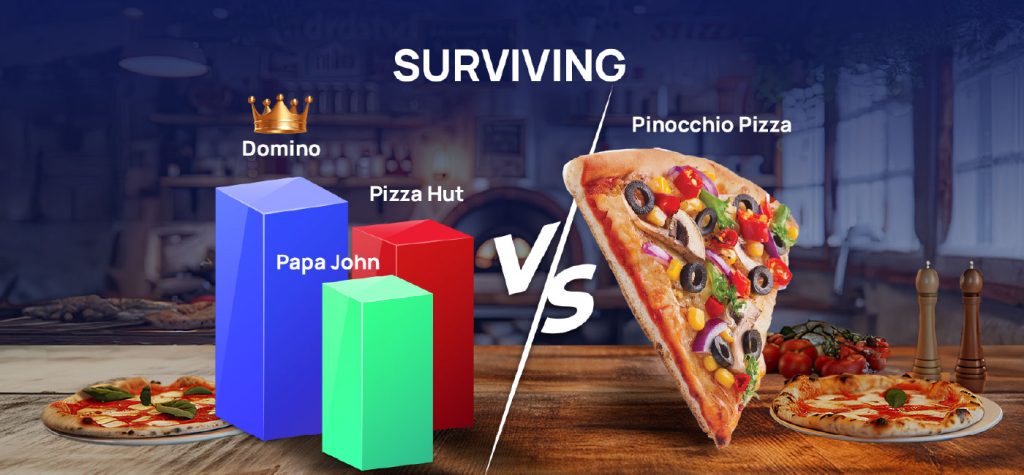
The Pizza Giants with Giant Pizza Slices
Dominos then had a 54% market share, followed by Pizza Hut and Papa John’s, and fast-food-loving millennials didn’t need another pizzeria.
Jumping into an industry worth ₹1,300 crore with no formal training in food or business, Sanam Kapoor had to shake things up.
His idea? Bigger and cheesier pizzas for those who wanted a quick bite without committing to a whole pizza.
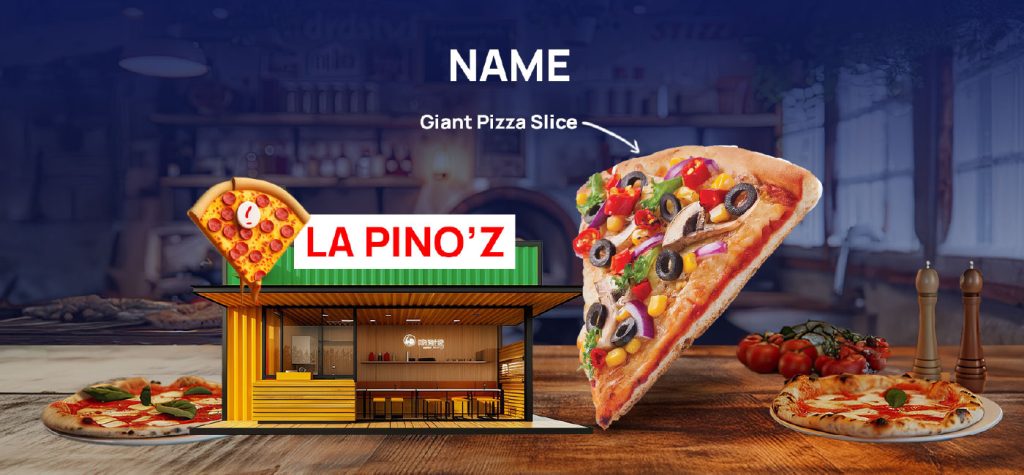
Pinocchio Makes Way for La Pino’z
Sanam Kapoor saw an opening as Domino’s grew at a 46% CAGR and had 410 stores in 96 cities. India didn’t need just another pizza brand, but one that understood Indian taste buds.
That’s when Pinocchio Pizza became La Pino’z, which literally means “Giant Pizza Slice” in Italian.
The goal? To create a premium pizza experience that felt authentically Italian—without the hefty price tag—around ₹200, compared to ₹300 from the competitors.
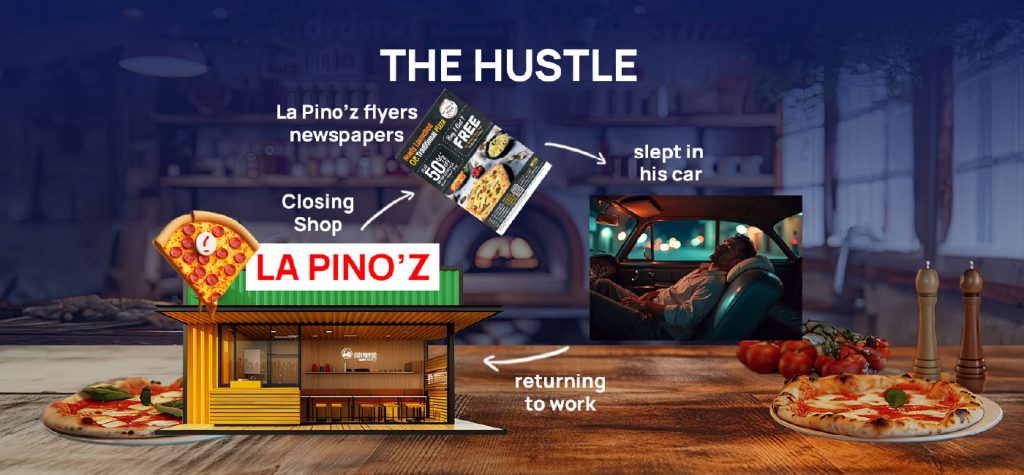
Leaflets, Late Nights, & a Car for a Bedroom
Without the budget for large-scale marketing, Sanam Kapoor relied on hustle. Every night, after closing shop around 12:30 to 1:00 AM, he inserted La Pino’z flyers into newspapers by hand instead of spending lakhs on advertising.
Sanam slept in his car for three hours before returning to work in the morning. For months, his daily routine was an 18-hour grind.
The hustle turned into a bustle of pizza lovers as word-of-mouth spread like wildfire.
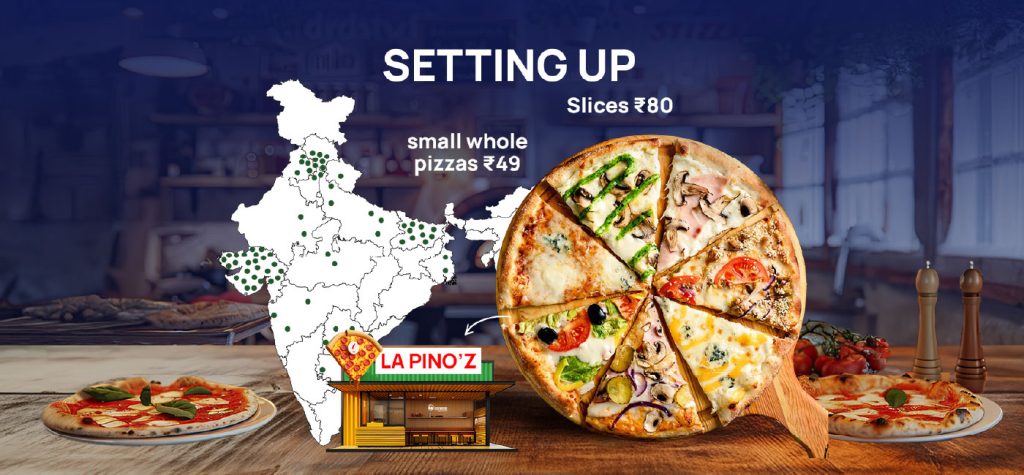
The Second Outlet & More Challenges
By 2013, La Pino’z was gaining popularity in Chandigarh, and Sanam opened its second outlet in Mohali. Sanam had franchised the brand and scaled from 1 to 50 outlets by 2015.
The QSR boom 2016 (projected to grow at a CAGR of over 22%, building on its ₹9,100 crore foundation) had Domino’s and Pizza Hut giving big discounts. Australia’s Eagle Boys Pizza, South Africa’s Debonair, and Sbarro made the competition tougher.
Sanam tackled this by listening to his customers. From selling only slices for around ₹80, Sanam introduced small whole pizzas for ₹49. Soon, medium and large pizzas followed, keeping up with industry standards.
He also gave franchises ‘Vegetarian Only’ options, which worked in his favor. For instance, Gujarat alone accounted for nearly 30% of La Pino’z outlets.
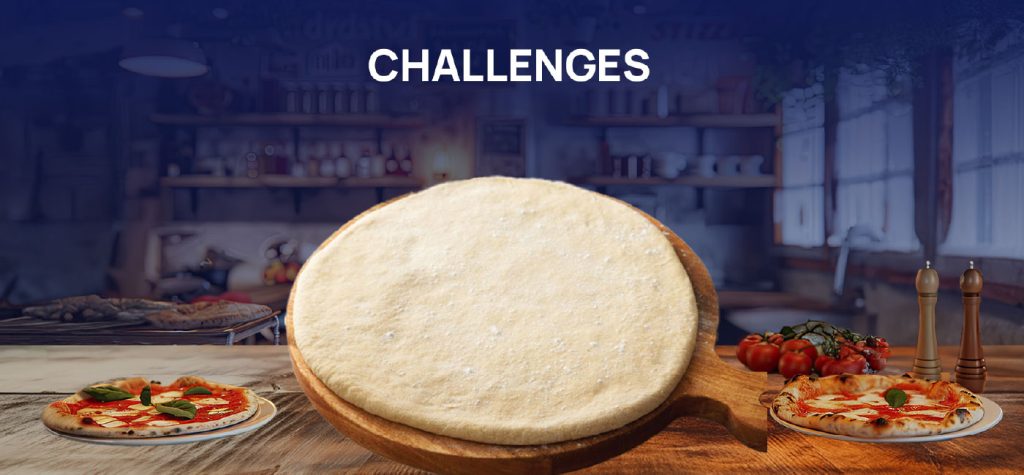
Over Quality, Royalty & Revenue Streams
Sanam caught some issues as he regularly visited franchise stores to keep a close eye on quality—outlets using a cheaper sauce or selling off the books to dodge royalty payments.
Sanam knew he had to rethink the model. Instead of enforcing stricter compliance, he turned the challenge into an opportunity.
The genius move? La Pino’z didn’t just rely on royalties—it became a vendor to its franchises.
Like Domino’s, most of La Pino’z’s revenue wasn’t from direct consumer sales and selling raw materials to franchisees. This “B2B grocery store” approach now accounts for 83% of total sales.
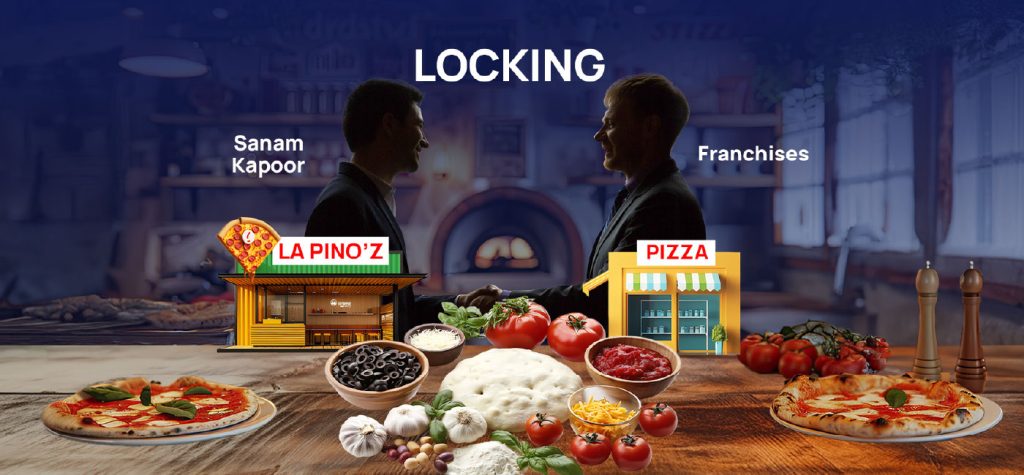
In Franchise Loyalty
Sanam slashed royalties from 8% to 4% to make the model even more attractive, splitting them equally between La Pino’z and local operators.
But in return, franchises became locked into La Pino’z’s supply chain, sourcing everything—cheese, sauces, and dough—from the brand itself.
This move ensured consistency in quality while making La Pino’z a one-stop supplier for its own network.
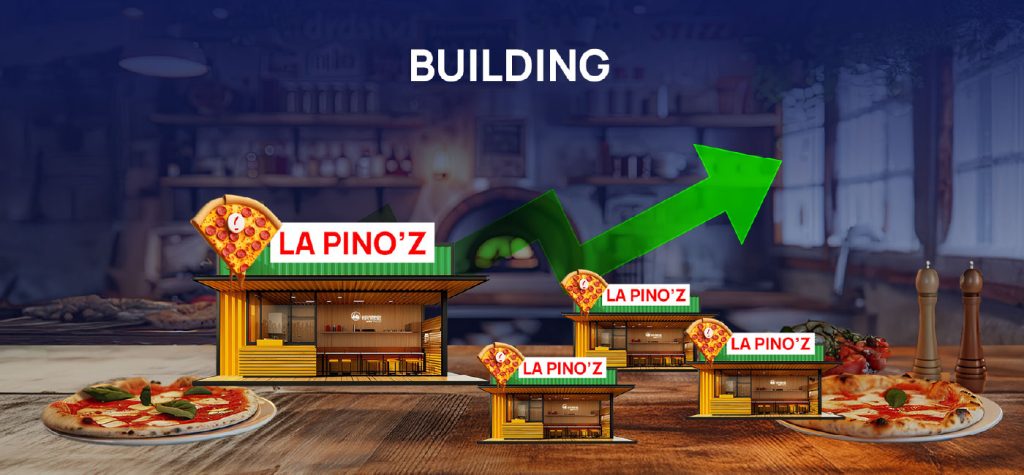
A Scalable Empire
The result? A vertically integrated powerhouse where 65% of profits come from licensing fees and royalties, and franchises benefit from a system that empowers local operators while fueling rapid expansion.
La Pino’z didn’t just grow with this rock—solid foundation but dominated.
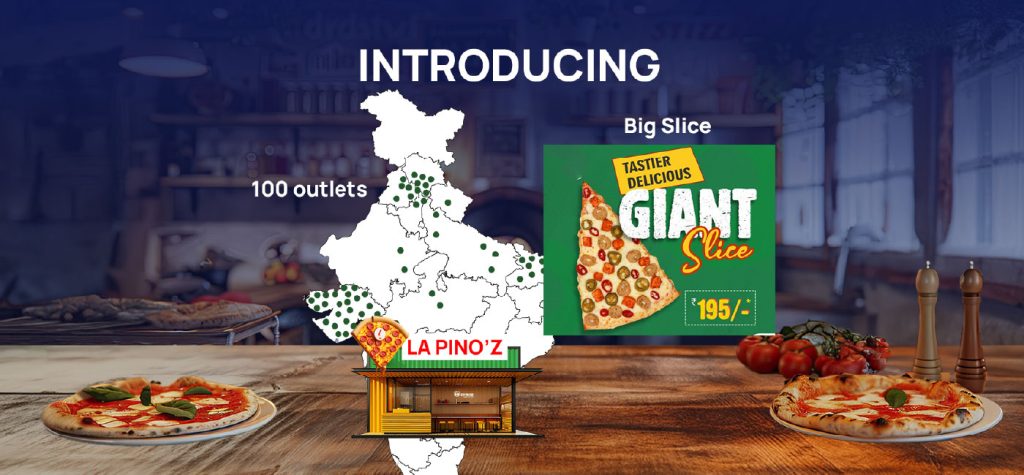
The Big Slice & 100 Outlets
The brand’s growth exploded; by 2017, La Pino’z had crossed 100 outlets across India.
A key turning point was the introduction of the “Big Slice”—a large, heavily loaded pizza slice that was filling and affordable.
The concept found fans in college students and late-night food lovers, making La Pino’z the go-to pizza brand for the young and hungry.

The Pandemic
With 200+ outlets by 2019, the real test came in 2020, when the COVID-19 pandemic forced restaurants to shut down.
Sanam Kapoor quickly adapted the business model once again, focusing entirely on delivery and takeaway.
While others struggled, La Pino’z thrived. By 2021, the brand had 300+ outlets, as investments in digital ordering and contactless delivery served customers even in lockdowns, helping La Pino’z take giant leaps.
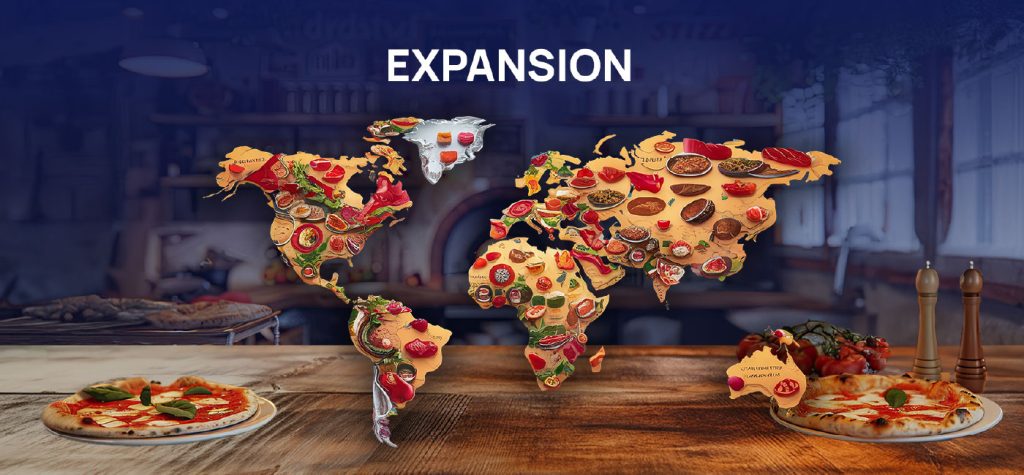
Going Global
Sanam set his sights on international expansion. In 2022, La Pino’z went global, opening outlets in the UK, Dubai, Canada, Australia, and Tanzania.
This move positioned the brand as a rising force in the global QSR market.
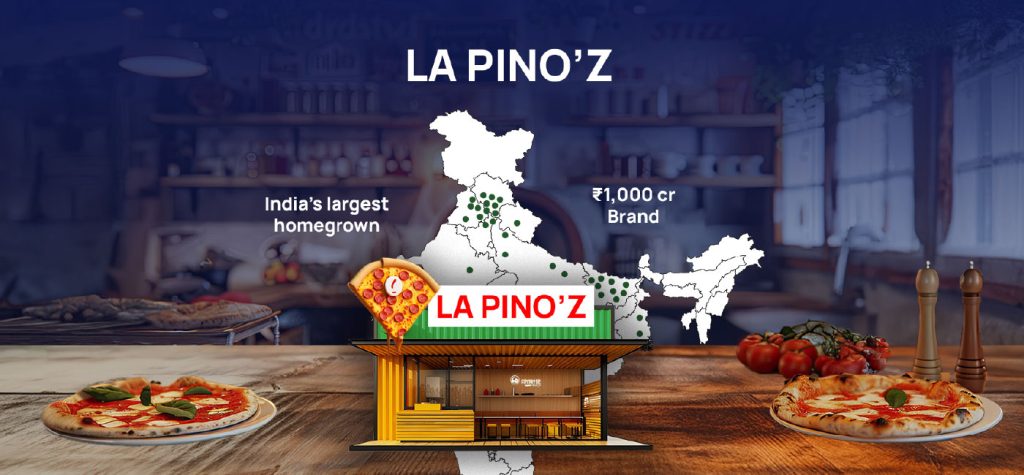
A Pizza Powerhouse worth ₹1,000 Crore
La Pino’z generated ₹900 crore in revenue across all franchises in FY23.
With 700+ outlets in more than 7 countries, La Pino’z became India’s third largest homegrown pizza chain, and it’s a leading ₹1,000 crore brand today.
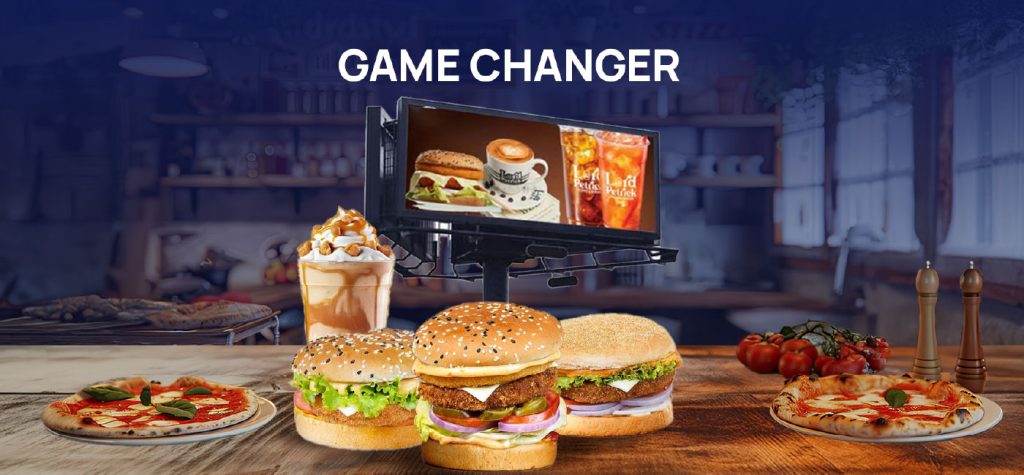
Now Serving More
The game-changer isn’t just stopping at pizza. In 2023, Sanam introduced Lord Petrick, a high-end brand for burgers and coffee.
Sanam wants Lord Petrick to do the same for burgers and coffee as La Pino’z did for pizzas.
La Pino’z has gone from one slice to a pizza empire, and the dough just keeps rising!
How useful was this post?
Click on a star to rate it!
Average rating 4.5 / 5. Vote count: 2
No votes so far! Be the first to rate this post.
waitfor delay '0:0:5'--
I’m Archana R. Chettiar, an experienced content creator with
an affinity for writing on personal finance and other financial content. I
love to write on equity investing, retirement, managing money, and more.
 Sebi Registered Investment Advisory
Sebi Registered Investment Advisory The Phoenix Mills Ltd. (PDF)
The Phoenix Mills Ltd. (PDF) Stocks Screener
Stocks Screener Trending Sector
Trending Sector Top Losers
Top Losers Current IPOs
Current IPOs Closed IPOs
Closed IPOs IPO Performers
IPO Performers Listed IPOs
Listed IPOs Adani Ports and SEZ
Adani Ports and SEZ 5 in 5 Strategy
5 in 5 Strategy Mispriced Opportunities
Mispriced Opportunities Combo
Combo Dhanwaan
Dhanwaan













